Welcome to Saturday Sparks! This week, we’re rolling into the world of cycling, a timeless activity that balances physical challenge, outdoor adventure, and mindful relaxation. Whether you’re pedaling along scenic countryside, competing on the road, navigating busy city streets, or tackling rugged mountain trails, cycling offers something for everyone.

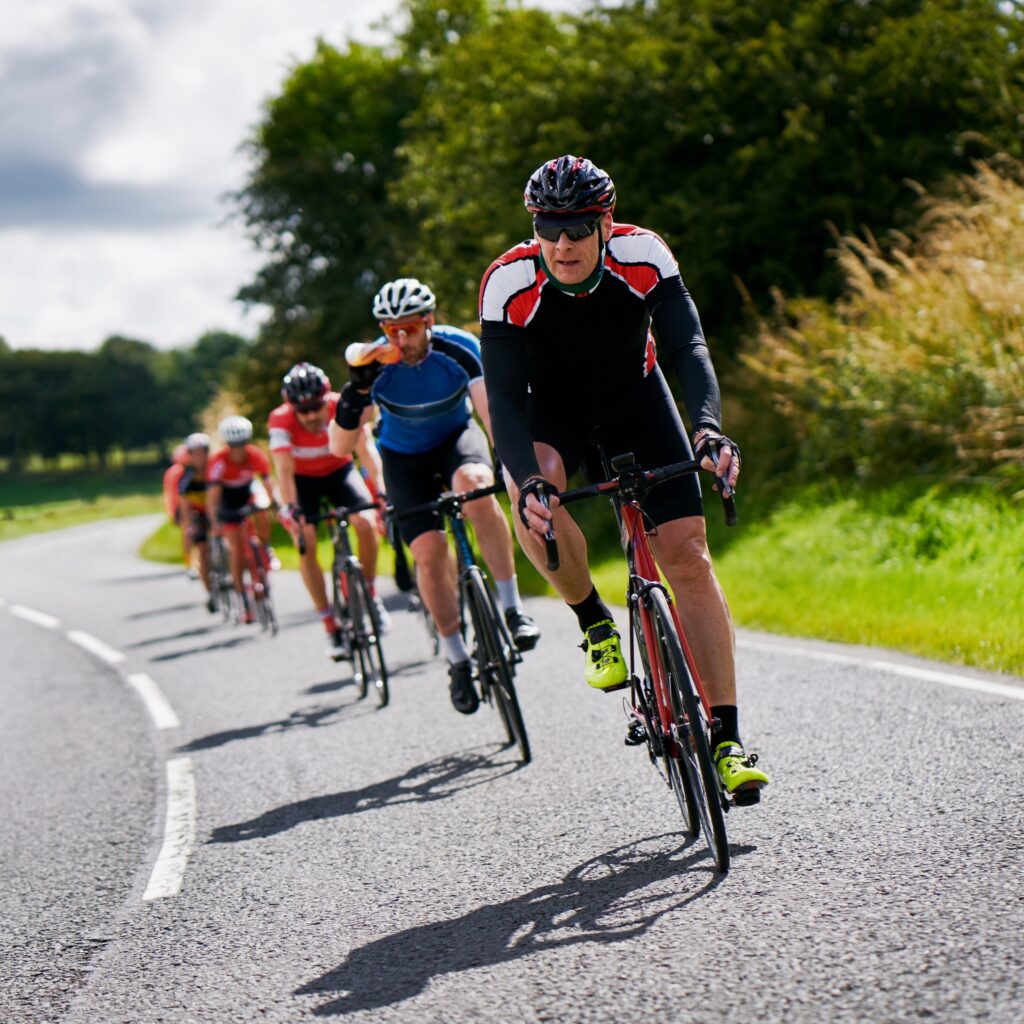
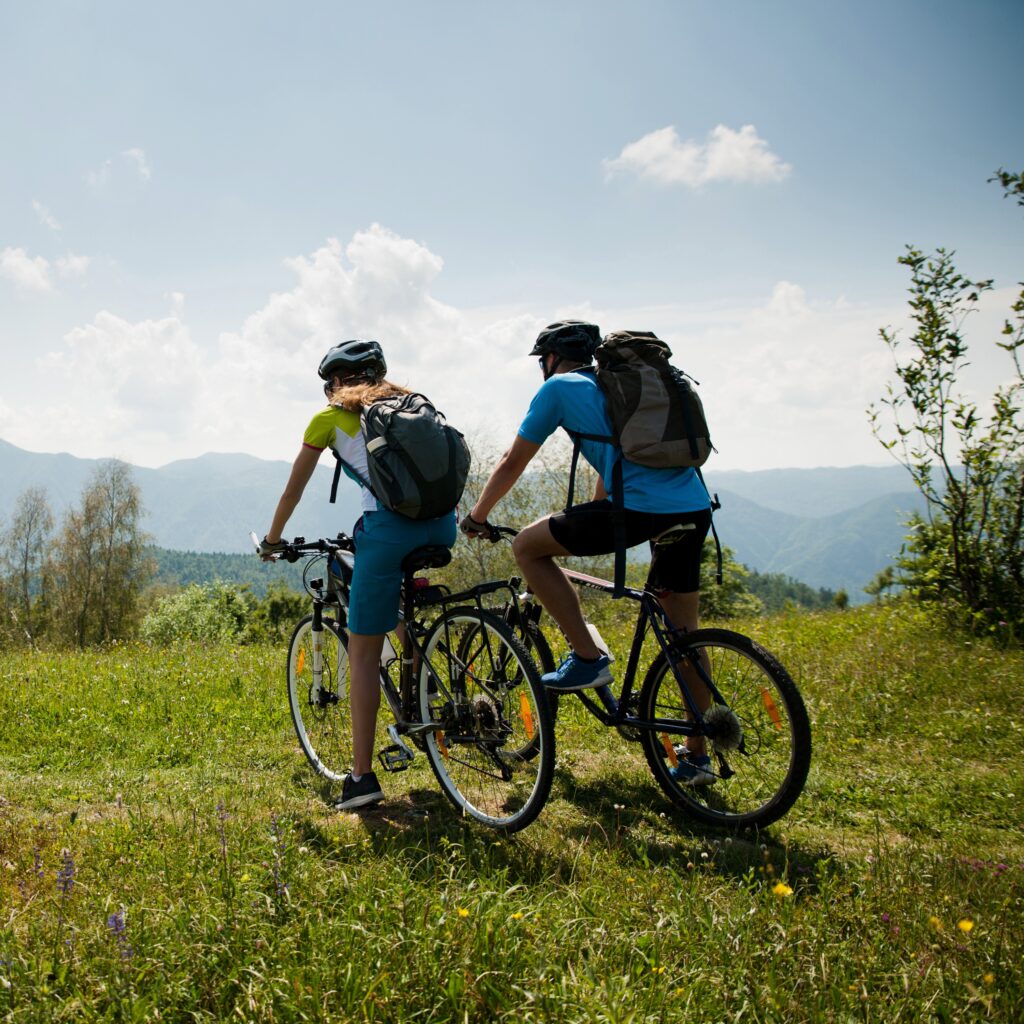
It’s more than just a way to get from point A to point B; it’s an activity that promotes health, builds endurance, and creates a refreshing connection with the outdoors. And for those who seek competition, cycling is also a dynamic sport, with road races, track events, and mountain bike challenges that test speed, stamina, and skill. From leisurely weekend rides to competitive events, cycling adapts to every level of interest and ability, inviting riders to discover both freedom and challenge on two wheels.
DESCRIPTION
Cycling is the activity of riding a bicycle for transportation, recreation, fitness, or sport. At its core, it involves propelling a two-wheeled vehicle using pedals, a chain-driven mechanism, and human power.
Depending on the type of cycling, bikes can range from lightweight road models designed for speed and efficiency, to rugged mountain bikes built for handling uneven terrain, to versatile hybrids suited for both pavement and trails.
As an activity, cycling encompasses a wide spectrum. Recreational cycling typically involves casual rides for leisure, exploration, or commuting, while competitive cycling spans organized disciplines such as road racing, track cycling, mountain biking, cyclocross, and BMX.
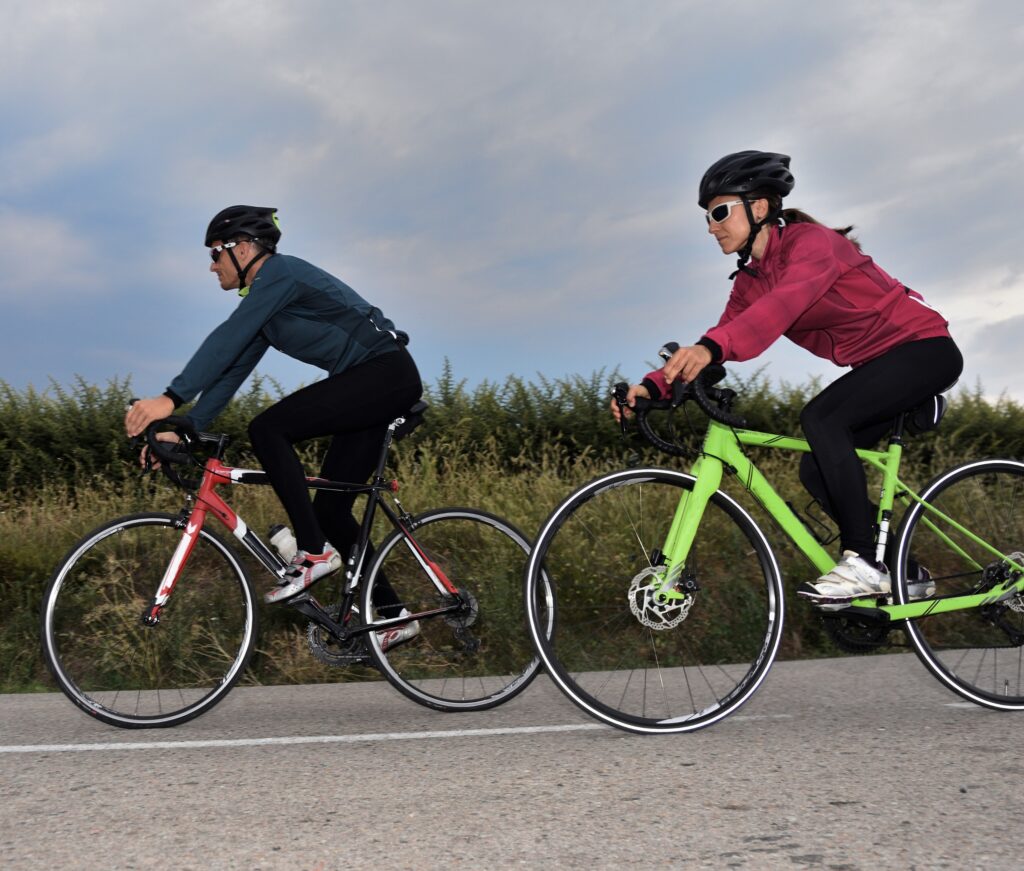
Training and participation may vary, but all forms of cycling require balance, coordination, and cardiovascular effort.
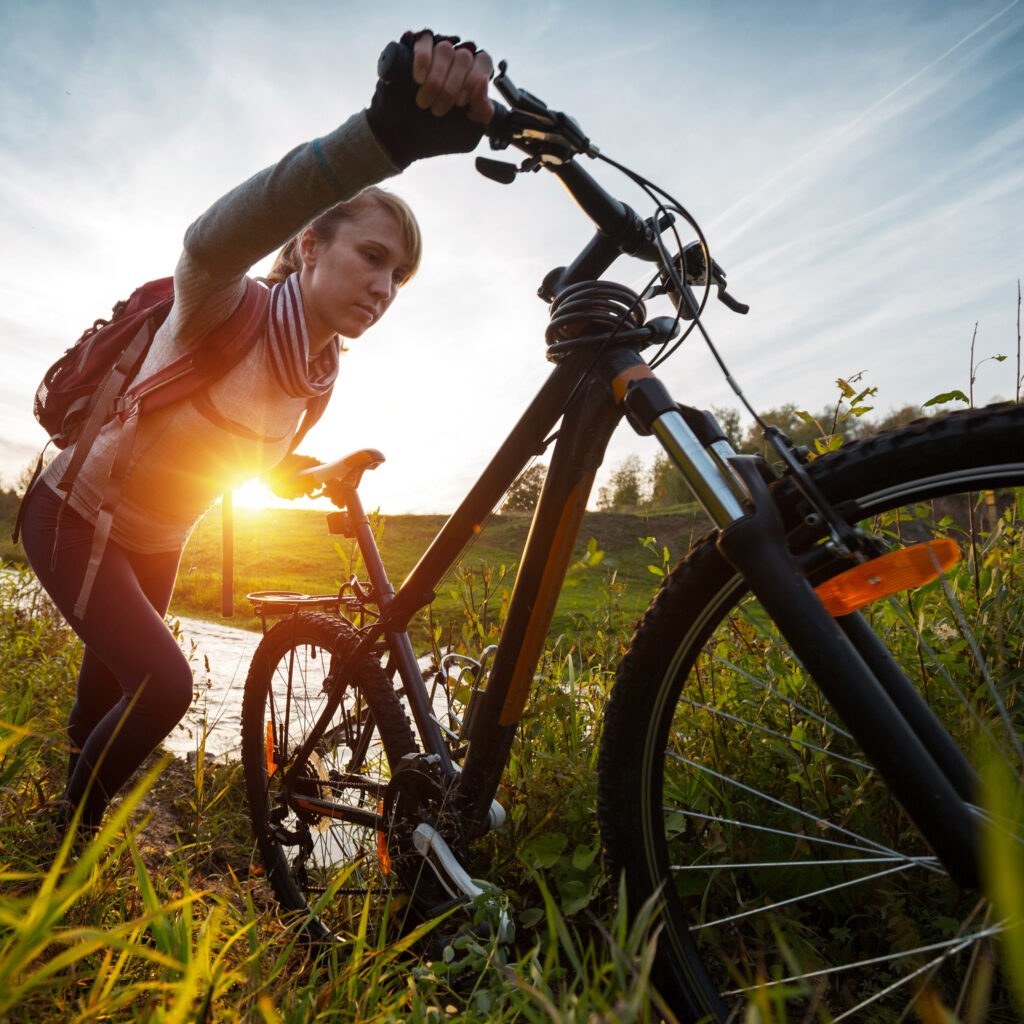
Cyclists adapt their approach based on environment. Road cycling emphasizes endurance and speed across paved surfaces, mountain biking focuses on agility and control over rocky trails and steep inclines, and urban cycling prioritizes navigation and safety in traffic.
Advances in bicycle technology, from frame materials to gear systems, continue to expand the possibilities for riders of all skill levels.
Ultimately, cycling is both accessible and adaptable: a means of everyday travel, a recreational pastime, a rigorous workout, and a globally recognized sport.
Benefits of Cycling
Cycling provides a full-body workout that especially strengthens the legs, glutes, and core while building cardiovascular endurance. Every pedal stroke engages large muscle groups, improving tone and stamina, while the aerobic effort supports long-term heart health.
When practiced regularly, cycling also improves heart and lung capacity. It boosts circulation, strengthens the respiratory system, and enhances overall stamina, making daily activities feel easier and helping the body perform more efficiently.
Cycling naturally enhances balance and coordination. Maintaining stability on the bike, adjusting to terrain, and maneuvering through turns sharpens body awareness.
Over time, this translates into improved agility and posture off the bike as well.

As an aerobic exercise, cycling is also effective in supporting weight management. It burns calories, boosts metabolism, and can be tailored in intensity to suit different fitness goals, whether that’s maintaining current health or working toward gradual weight loss.
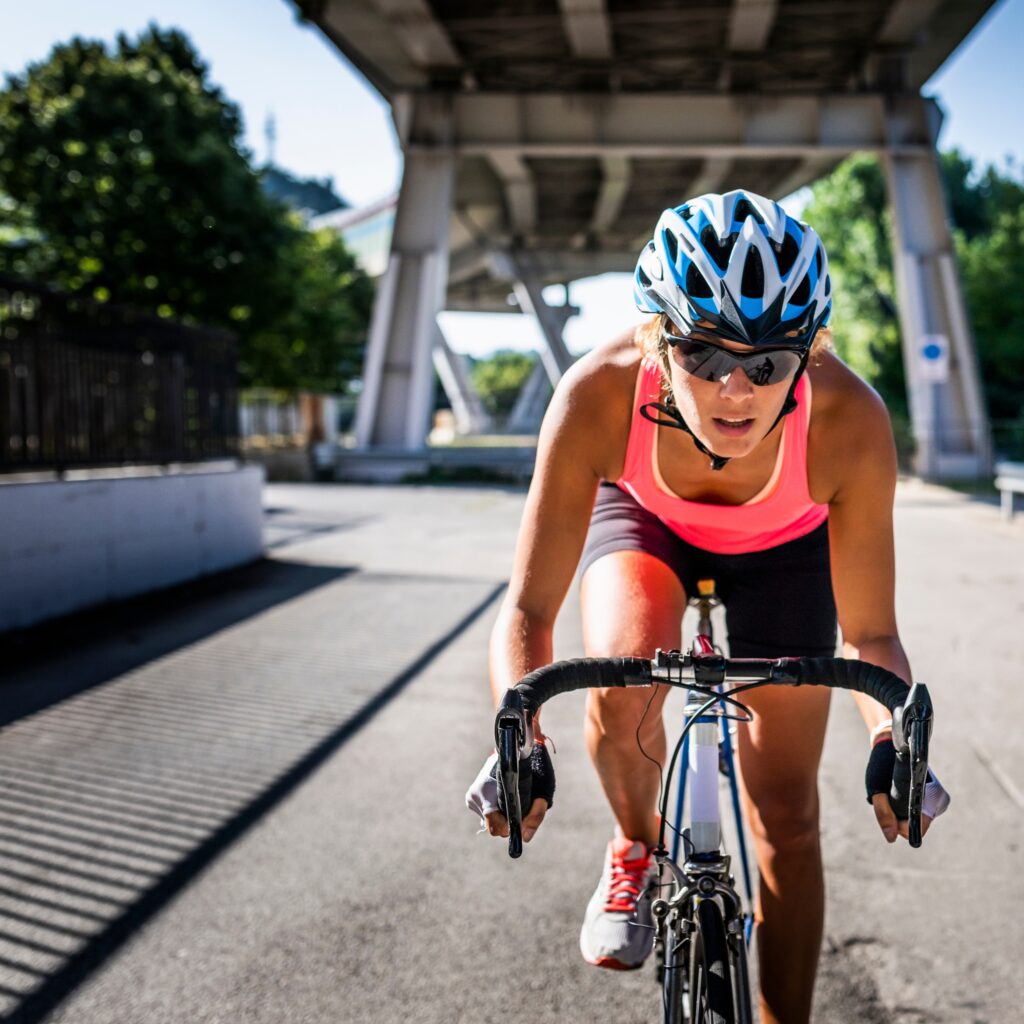
Unlike many other workouts, cycling is a low-impact activity that places less strain on joints compared to high-impact sports like running. This makes it a sustainable exercise choice for people of all ages and fitness levels, including those who want to stay active while protecting their knees and hips.
Beyond the physical, cycling promotes mental clarity and reduced stress. The rhythmic motion of pedaling combined with time outdoors helps clear the mind, lower anxiety, and improve mood. It’s a moving form of meditation that can leave you feeling refreshed and energized.
Regular cycling contributes to better sleep quality by helping regulate energy use during the day and calming the nervous system at night. The balance of activity and relaxation created by a steady riding routine can make rest more restorative.
On a larger scale, cycling is a sustainable and eco-friendly mode of transportation. Choosing to ride instead of drive reduces emissions, lessens your carbon footprint, and supports cleaner communities, all while giving you daily exercise built right into your commute.
Cycling is also highly flexible and social. It can be enjoyed alone, offering peaceful time for reflection, or in groups, fostering camaraderie and connection. Group rides often motivate riders to push their limits while enjoying the shared experience of the journey.
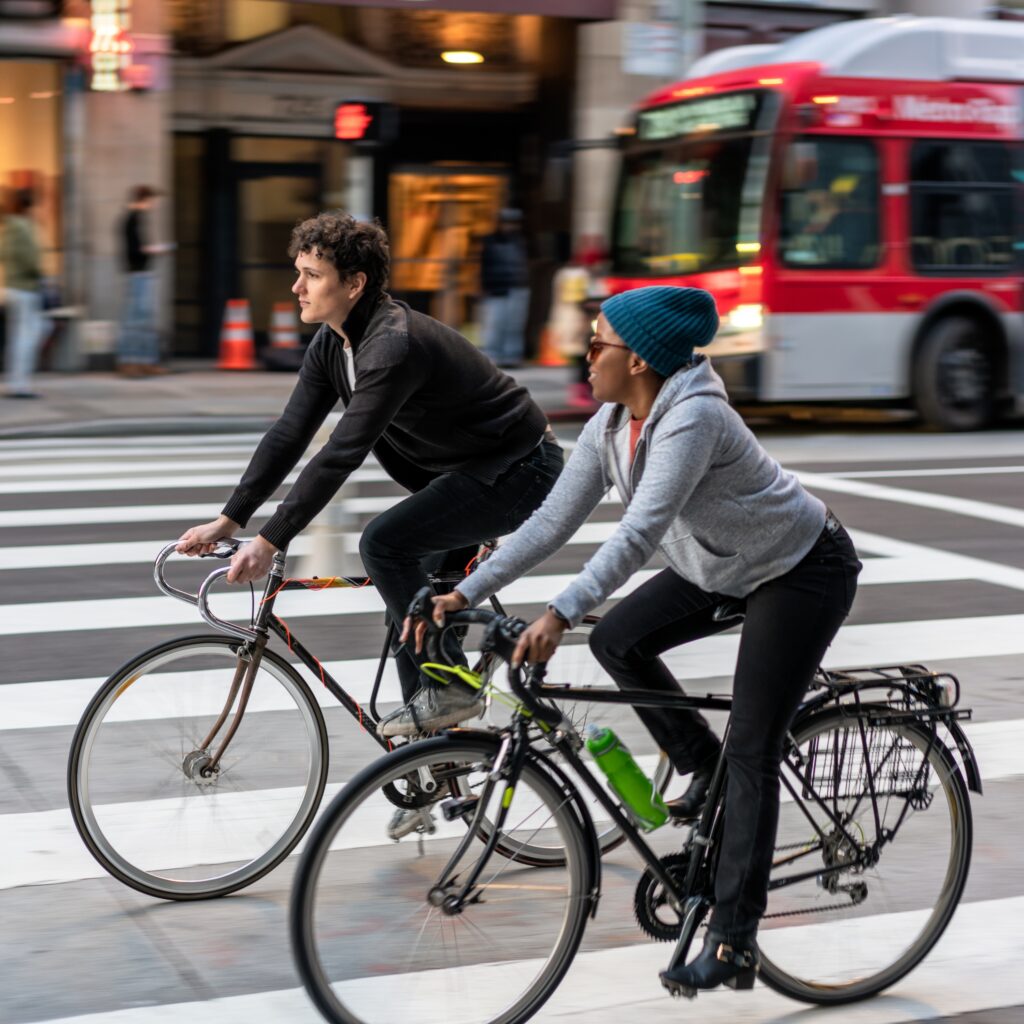
Riding also adds a sense of adventure and exploration. Bikes can take you to places you might otherwise miss—quiet back roads, hidden trails, or scenic paths, offering both discovery and the joy of being outdoors.
Perhaps most importantly, cycling is accessible across ages and interests. From children just learning balance to adults seeking fitness, leisure, or competition, cycling adapts seamlessly to different life stages. It’s one of the few activities that can grow with you over time, offering both familiarity and new challenges as your goals evolve.
Getting Started
Start with the basics. All you truly need to begin cycling is a bike and a helmet. Look for safe routes close to home, parks, bike paths, or quiet neighborhood roads are great starting points. These environments allow you to focus on getting comfortable with your bike without worrying about heavy traffic.
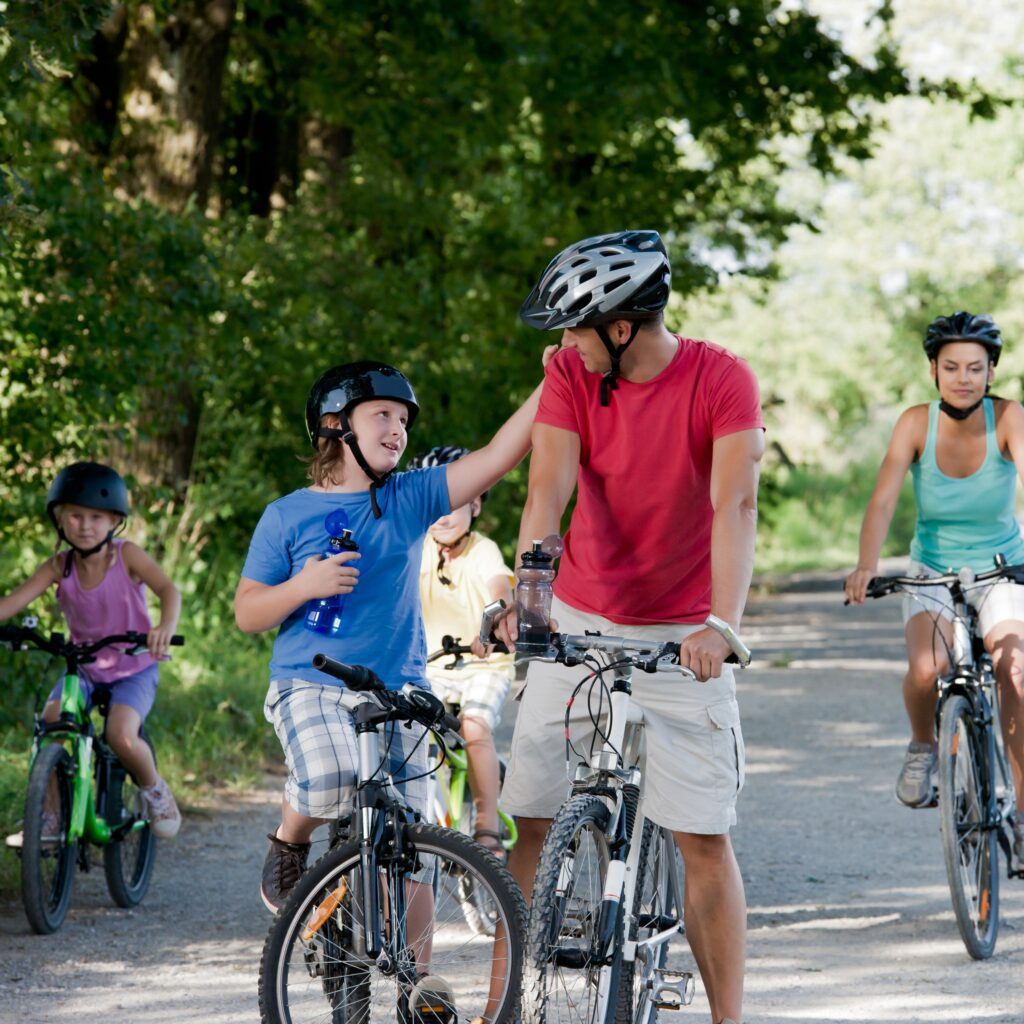
Make sure to wear bright or reflective clothing, and using bike lights or reflectors if needed, ensures that others on the road can see you. This is especially important if you’re riding near traffic, early in the morning, or later in the evening.
Check your bike before every ride. A quick safety check helps prevent accidents and ensures a smoother experience.
Bring water for longer rides and don’t forget sunscreen, especially in sunny weather.
Ease into it. If you’re a beginner, start small with short, flat rides. As you build endurance and confidence, gradually increase your distance or speed. Set achievable goals. Aim for manageable starting points, such as riding for 15–20 minutes at a time and gradually work up from there.
Setting realistic milestones helps prevent burnout and keeps the activity enjoyable.
Small, steady progress not only builds fitness but also gives you a sense of accomplishment that fuels motivation to keep going.
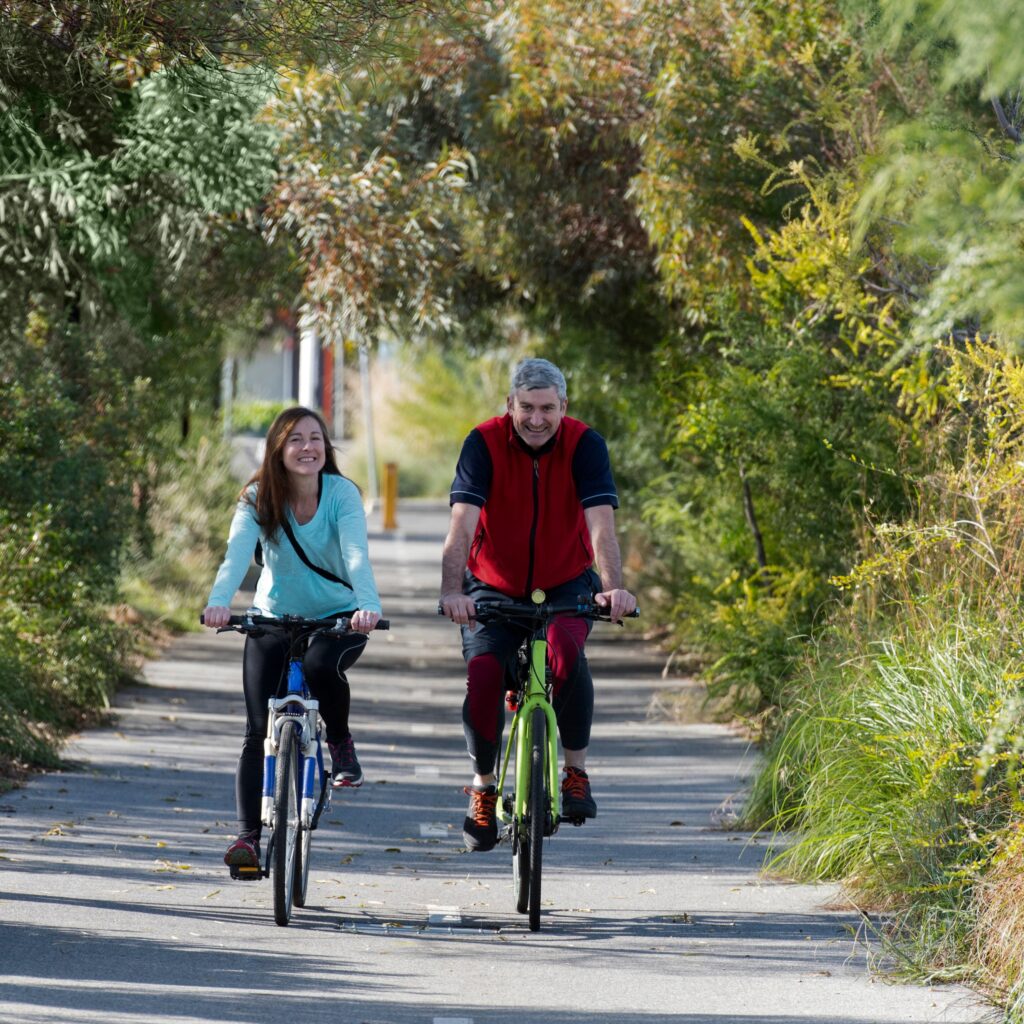
Mix in variety. To keep things interesting, consider joining a local cycling group for a more social experience, or try a scenic or hilly route to challenge yourself. Riding with others often provides encouragement and motivation, while new terrain keeps the activity fresh.
Resources
One of the great things about cycling is the abundance of resources available to support both beginners and experienced riders.
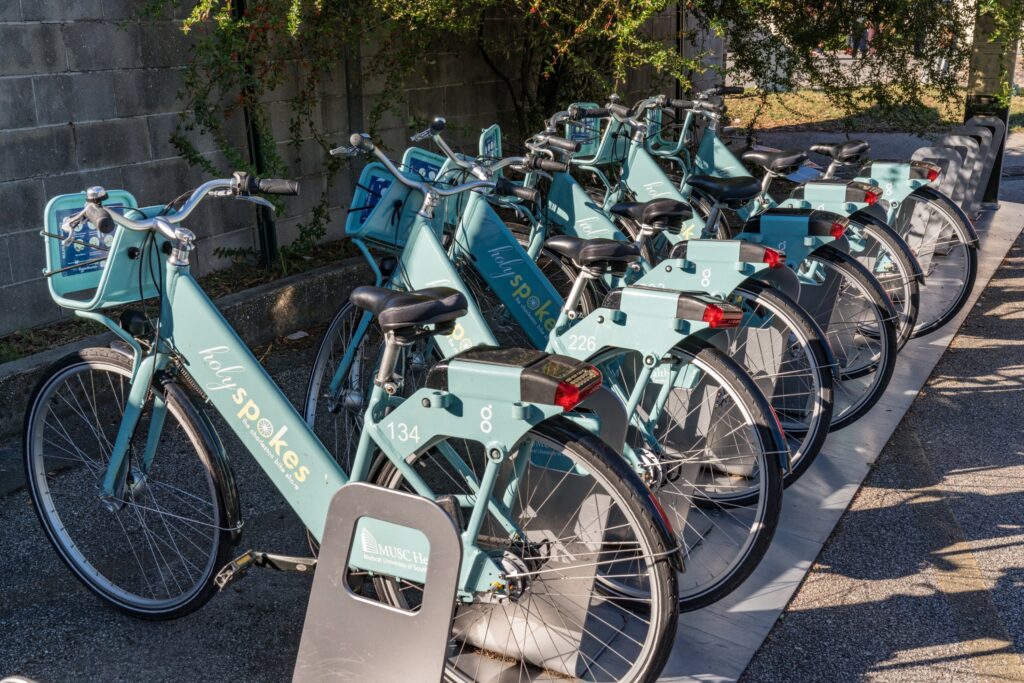
Many cities now offer bike-sharing programs, cycling maps, and mobile apps that make it easier than ever to get started. These tools can help you identify safe routes, locate designated bike lanes, and even discover scenic trails or hidden paths you might not have found otherwise.
Apps also allow you to track your rides, measure progress, and stay motivated with goals or challenges.
Your local bike shop is another invaluable resource. Beyond selling bikes and accessories, shops often provide expert guidance on gear that fits your needs, safety checks, and maintenance tips to keep your bike in top condition. Many also have bulletin boards or newsletters with information on community rides, classes, or local cycling events.
For those who enjoy a sense of community, cycling clubs and online forums are excellent places to connect.
Clubs often organize group rides, host training sessions, and offer support for riders of all levels.
Online communities, whether through dedicated forums or social media groups, provide spaces to share advice, ask questions, and find encouragement. They can also be a great way to learn about regional trails, safety practices, and cycling culture.
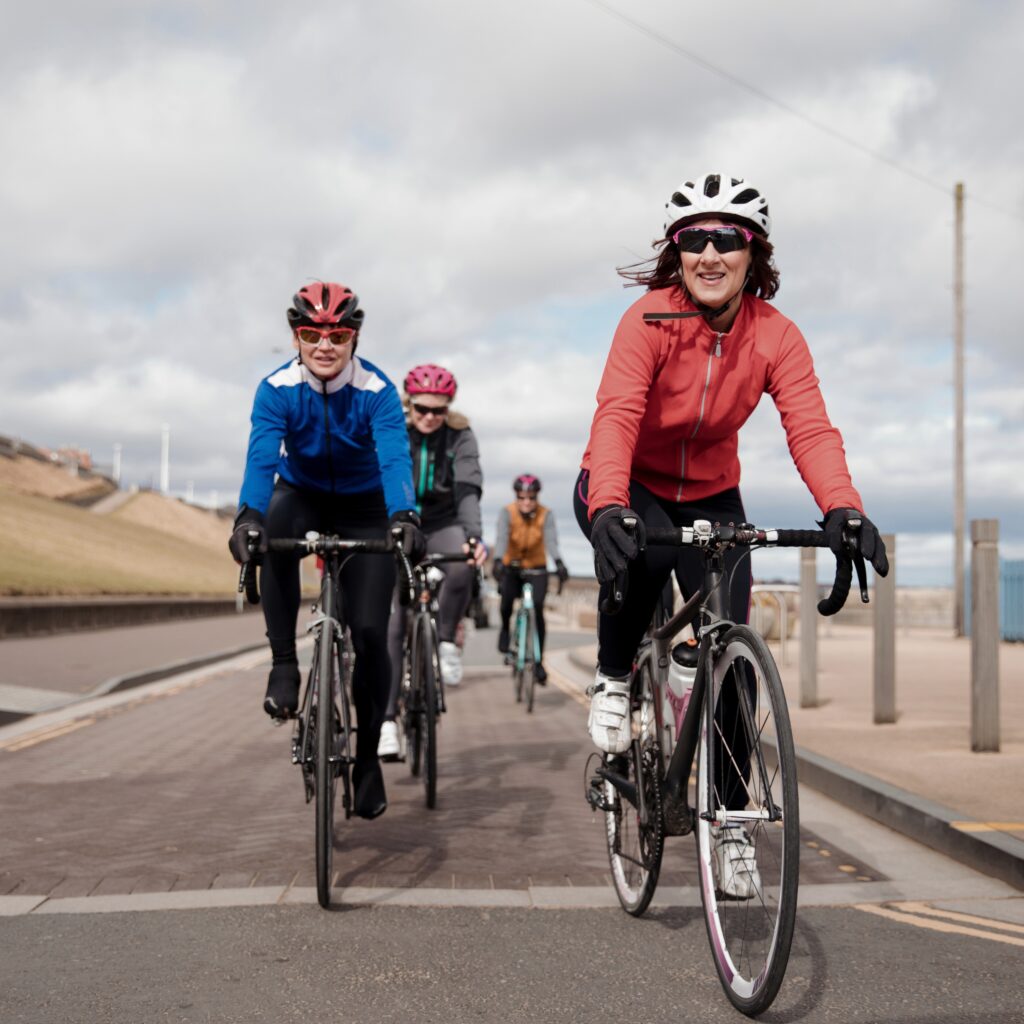
Technology has become a key companion to many cyclists. GPS tools and cycling-specific apps not only log miles and monitor progress but can also suggest popular or scenic routes based on where you live. These platforms often include features that connect you with other riders, creating a digital network of accountability and camaraderie.
If you prefer more traditional resources, books, magazines, and blogs dedicated to cycling provide endless inspiration. From technical guides on bike maintenance and training programs to personal stories of cycling adventures, these resources can deepen your knowledge and spark new ideas for your own rides.
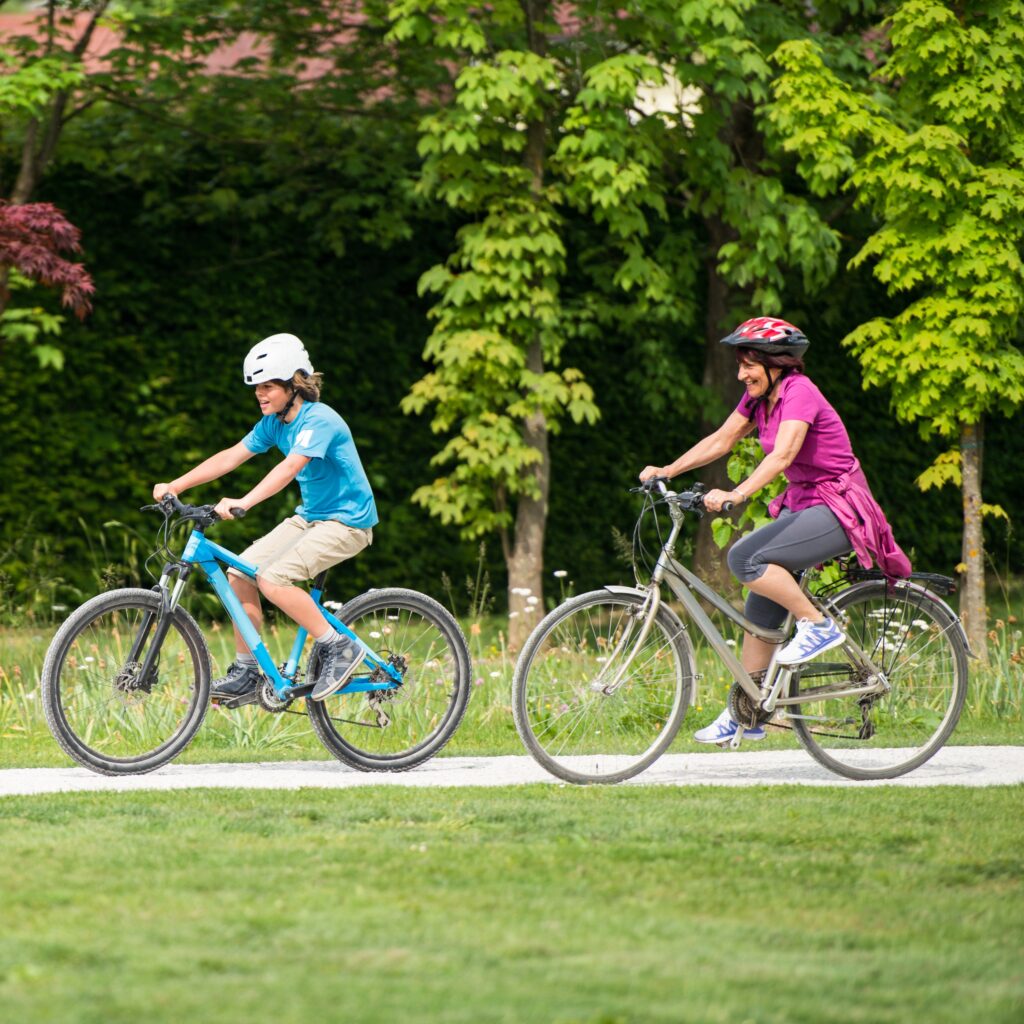
Lastly, don’t overlook local parks and recreation departments. Many communities offer maps of bike trails, safety courses, and family-friendly cycling events. These programs can be especially helpful for beginners or families looking for safe, accessible ways to enjoy cycling together.
Whether you rely on local shops, digital tools, community groups, or good old-fashioned books, cycling offers a wealth of resources to help you get started, stay safe, and continue growing in the hobby.
Safety Tips
Check your bike before every ride. A quick pre-ride inspection goes a long way in preventing accidents. Check that your brakes are working, your tires are inflated to the correct pressure, and your chain is clean and moving smoothly. These simple steps help ensure both safety and comfort while riding.
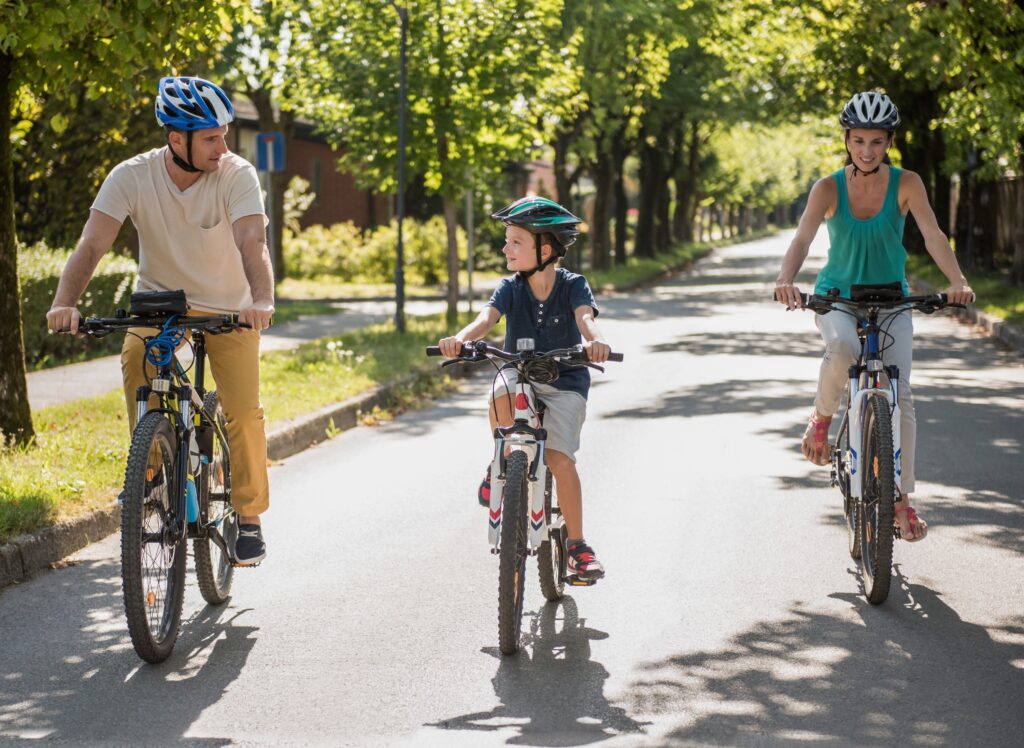
Wear a properly fitted helmet. A helmet is the single most important piece of safety gear for cyclists. Make sure it fits snugly and sits level on your head, covering the forehead. A good helmet can significantly reduce the risk of head injuries in the event of a fall or accident.
Follow the rules of the road. Cyclists are subject to the same traffic laws as drivers. Stop at red lights and stop signs, ride in the direction of traffic, and always use hand signals when turning or changing lanes. Clear communication and predictable behavior keep everyone safer.
Ride in designated lanes or paths. Whenever possible, use bike lanes, multi-use trails, or marked cycling routes. These areas are designed to reduce interaction with heavy traffic. Even in bike-friendly areas, stay alert to pedestrians, vehicles, and other riders around you.
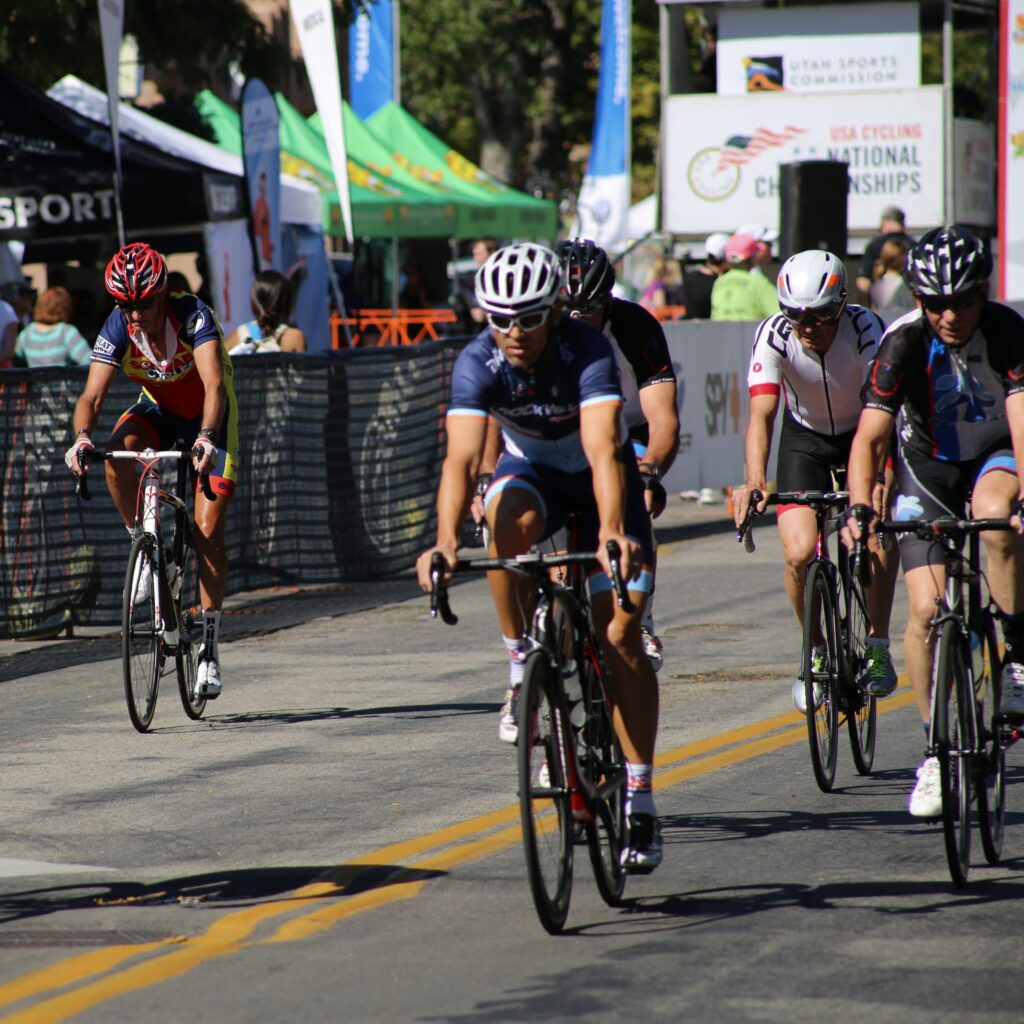
Stay visible with bright or reflective clothing. Visibility is critical, especially if you’re riding on roads shared with vehicles. Bright colors and reflective materials help drivers and other cyclists spot you more easily. If you’re riding at dusk, dawn, or in low-light conditions, add reflective gear or lights to your bike.
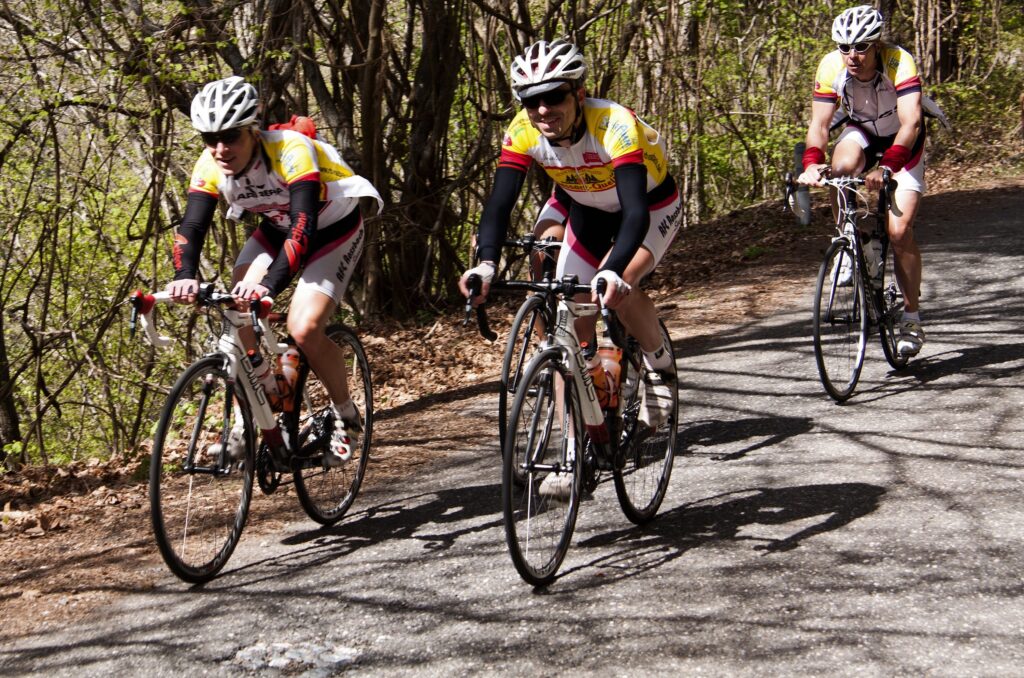
Stay hydrated and take breaks. Longer rides, especially in warm weather, can be physically demanding. Carry water with you and take breaks when needed. Hydration not only prevents fatigue but also helps maintain focus and reaction time while cycling.
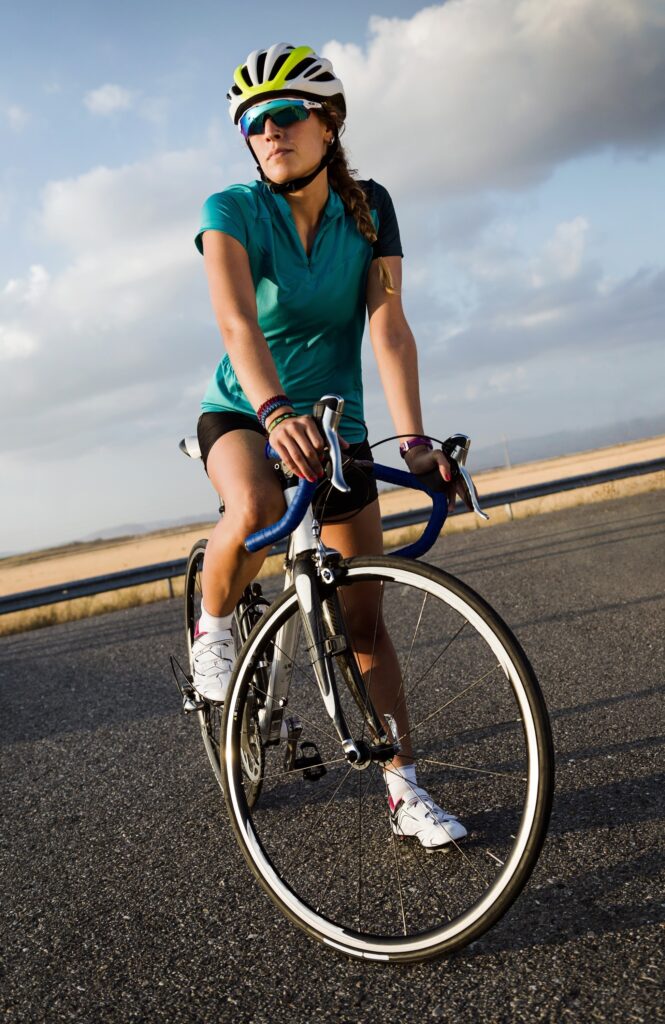
Avoid distractions. Listening to music or podcasts with both earbuds can reduce your awareness of what’s happening around you. Instead, keep one ear open or use a bone-conduction headset if you want background audio.
Being able to hear traffic, other cyclists, and environmental cues is essential.
Choose routes and distances that match your fitness and skill level. It’s okay to challenge yourself but avoid pushing beyond your ability too quickly. Building up gradually reduces the risk of injury and makes the experience more enjoyable.
If you plan to ride in low-light conditions or after dark, equip your bike with front and rear lights. This not only helps you see the road ahead but also ensures you’re visible to vehicles and pedestrians.
Always let someone know your plans. Before you head out for a ride, share your route and expected return time with a friend or family member. This simple habit ensures that someone is aware of your whereabouts, adding an extra layer of safety in case of an emergency or unexpected delay.
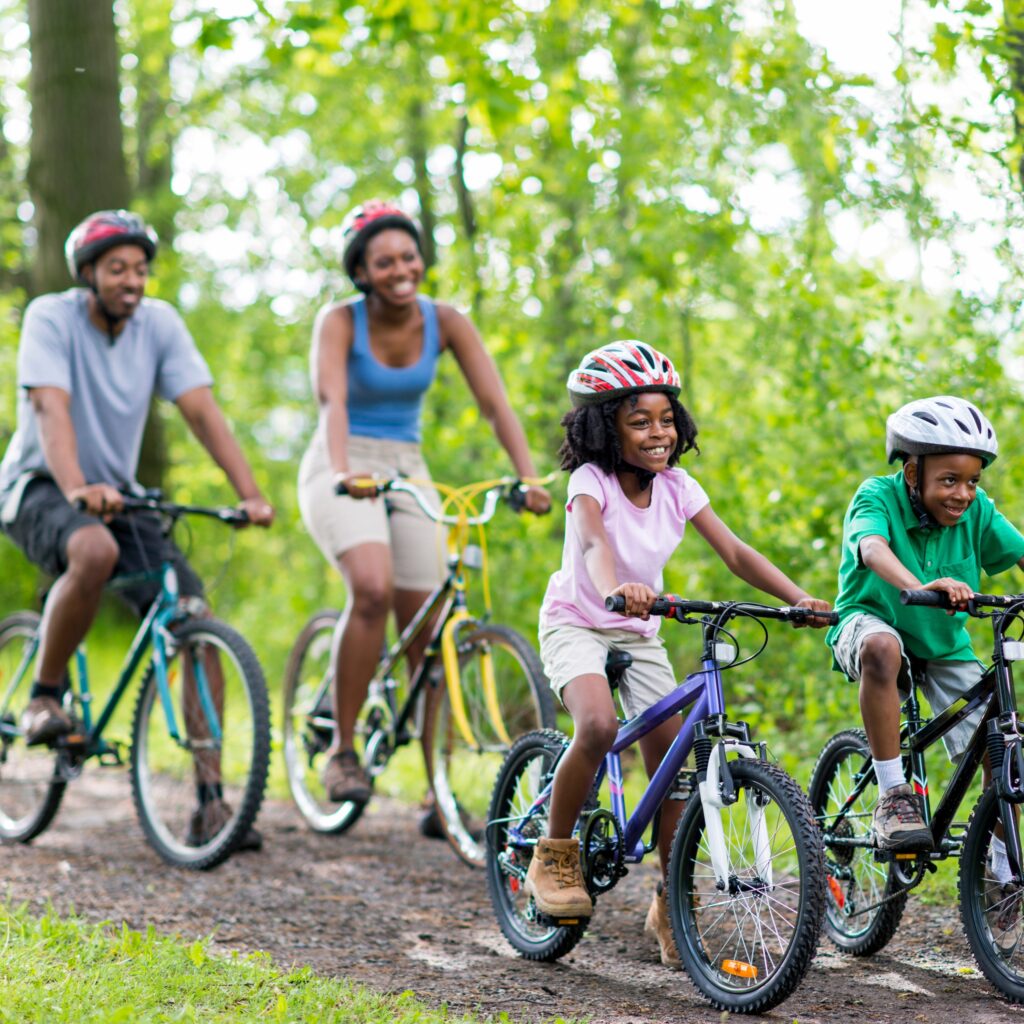
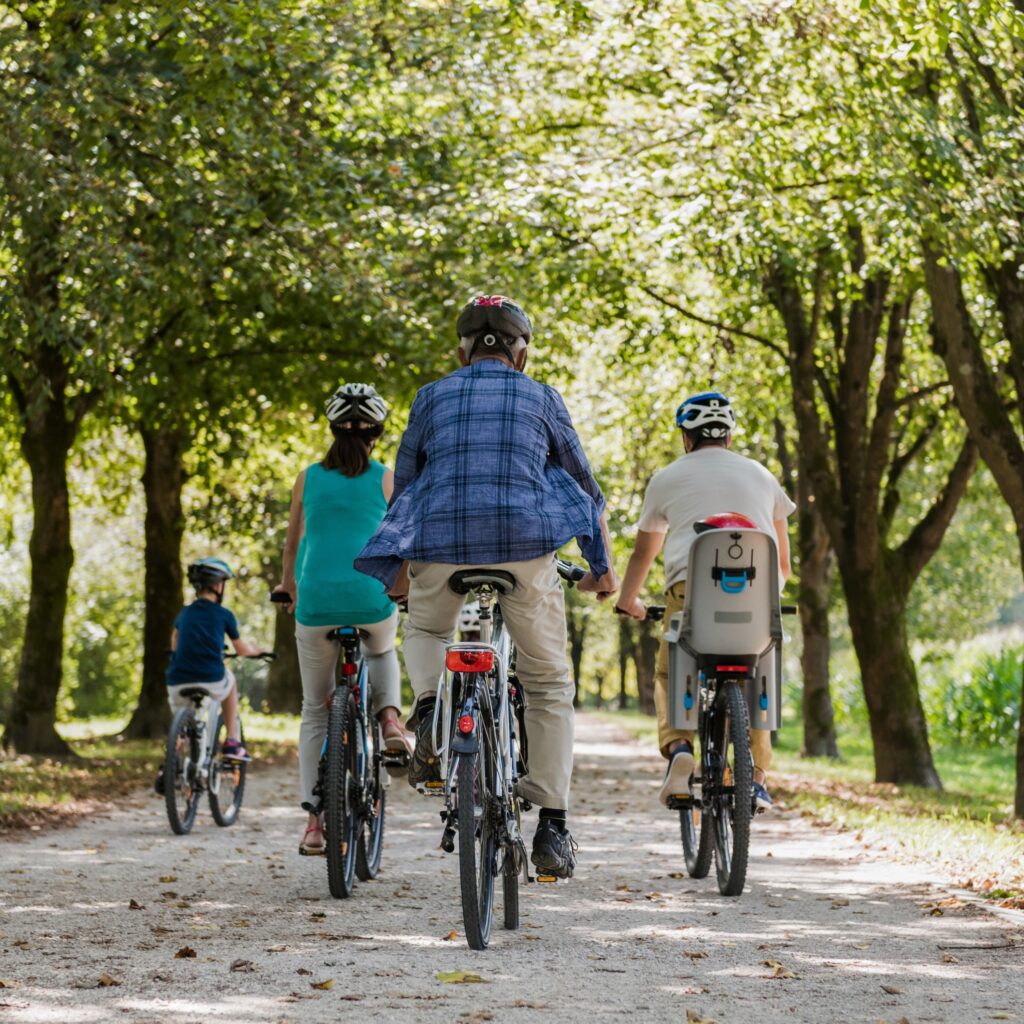
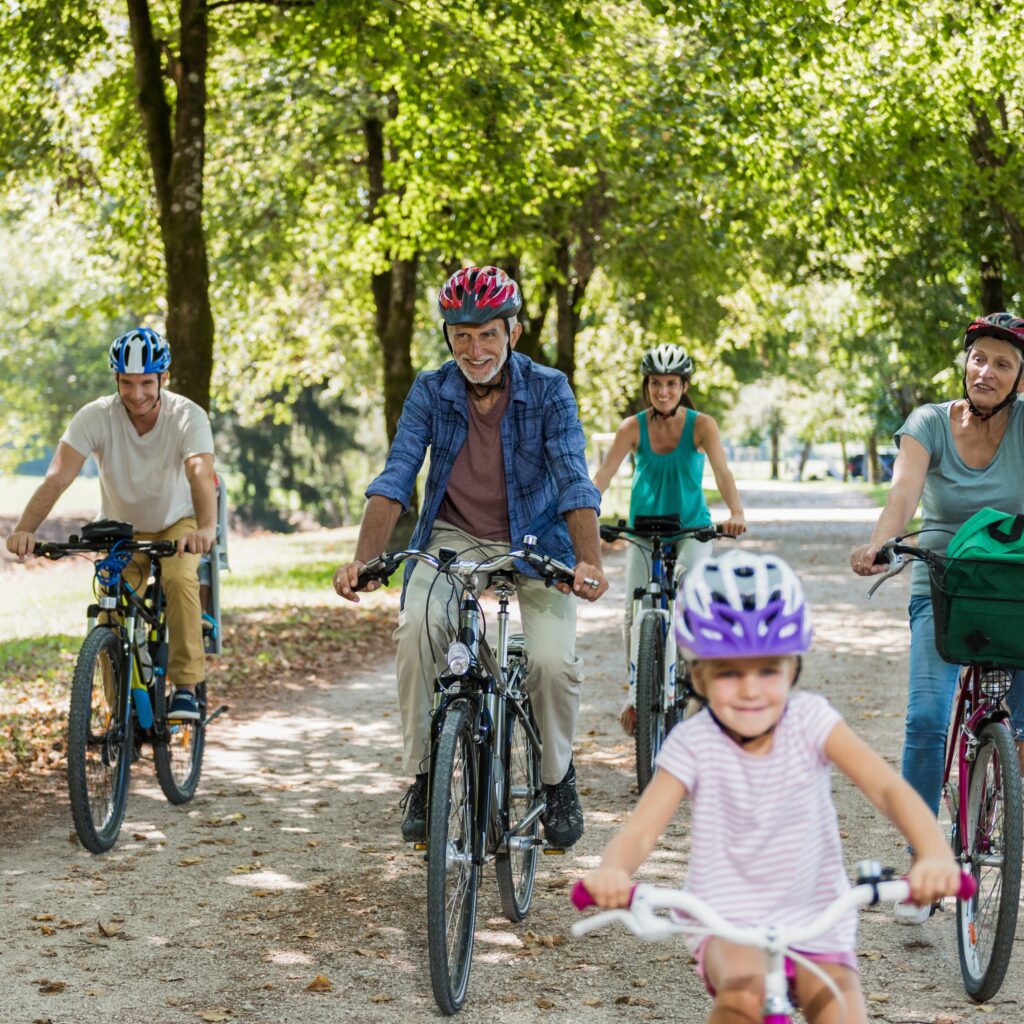
Final Thoughts
Whether you’re cycling to work, exploring the countryside, or tackling a challenging trail, each ride becomes an opportunity for growth and discovery. It’s not just about the destination but about the journey itself, the moments of freedom, challenge, and joy along the way.
So dust off your bike or venture onto a new path and let the simple act of pedaling remind you of the joy found in motion. The road—or the trail—awaits, ready to take you wherever you want to go.
When was the last time you went for a bike ride? Let us know your favorite cycling spots in the comments below!
Leave a Reply